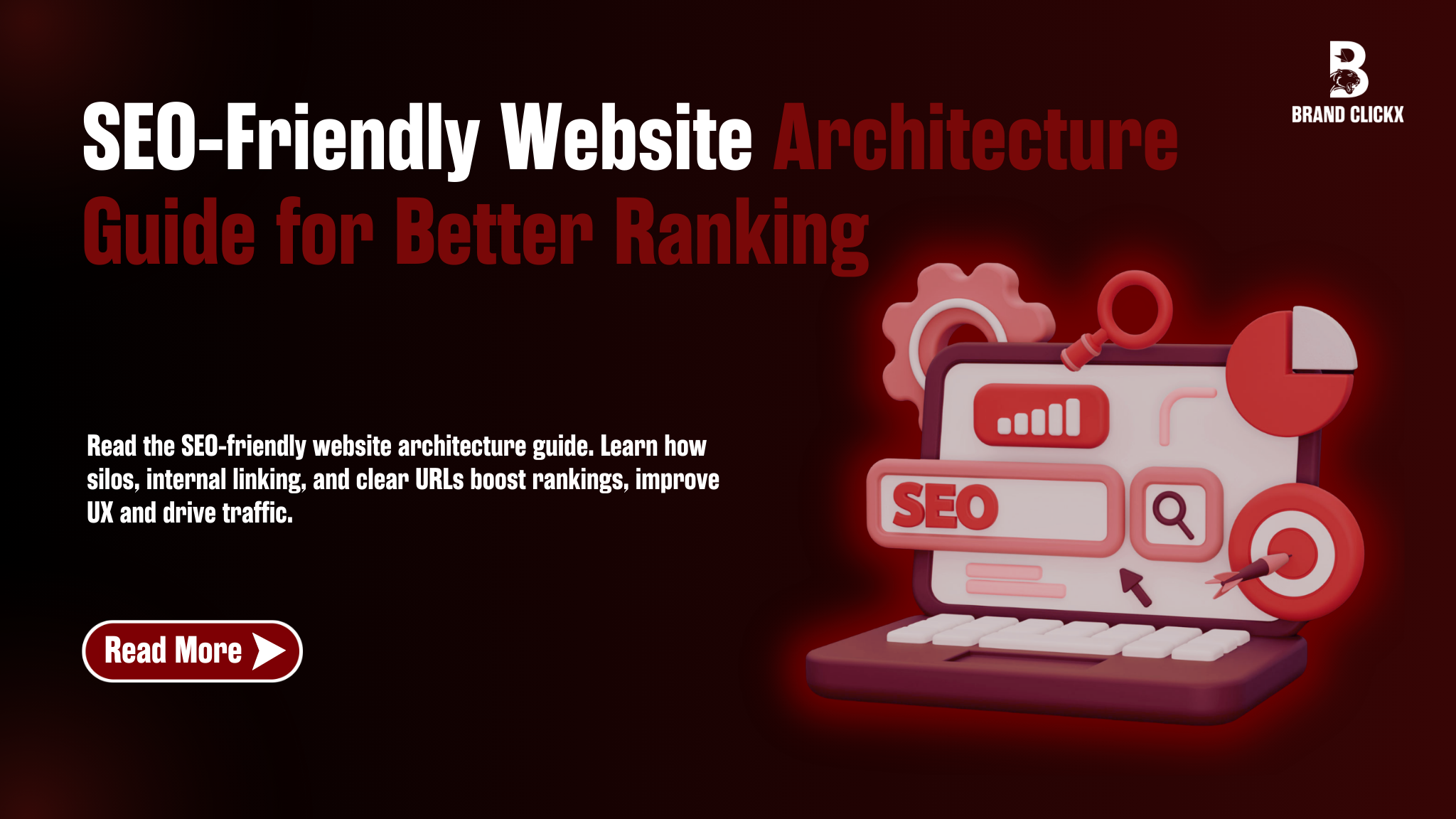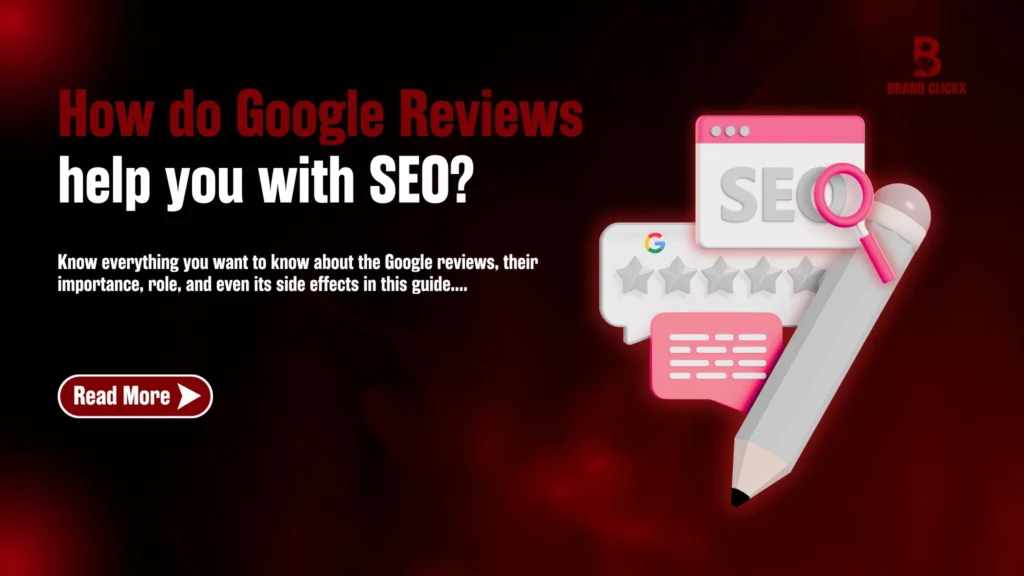Ever landed on a website that felt like a messy junk drawer? Hard to find anything, right?
Well, Google feels the same way! If your site isn’t structured properly, it won’t rank well – simple as that.
Good news? Fixing it is easier than you think! In this guide, we’ll break down SEO friendly website architecture in a way that actually makes sense.
No coding. No tech jargon. Just smart strategies like content silos, internal linking, and content clusters to help Google (and your visitors) love your site.
Why Site Architecture Matters for SEO
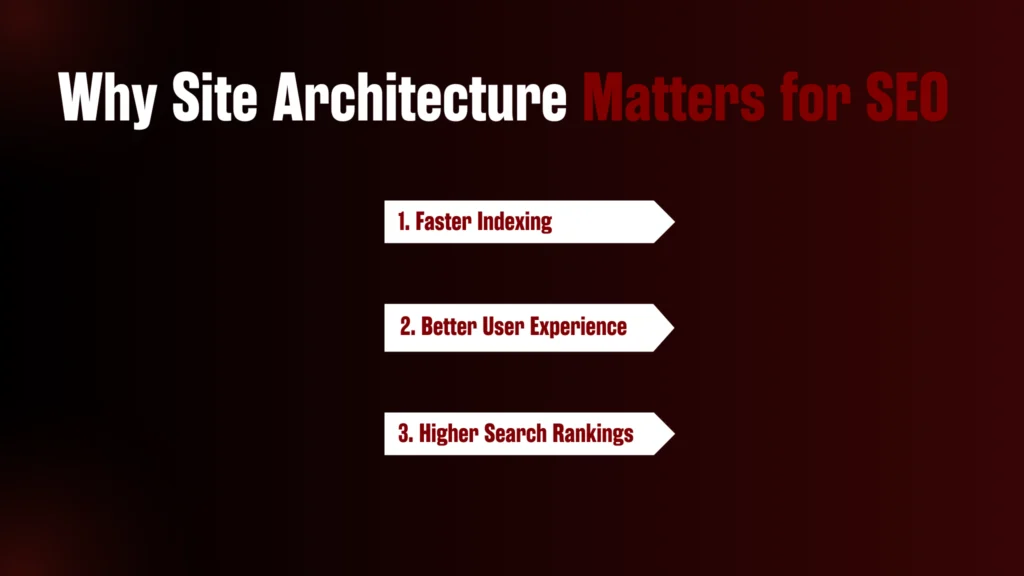
A messy website confuses both users and search engines. If Google fails to crawl your site, your rankings drop.
If visitors cannot find what they need, they leave. A well-structured site solves both problems.
Here’s how having a site architecture matters:
1. Faster Indexing
A clear structure helps Google crawl your site efficiently. This allows your pages to get indexed quickly. The sooner Google recognizes your content, the better your chances of ranking.
2. Better User Experience
Easy navigation keeps visitors on your site for longer. When users find what they need without effort, they stay and explore. This reduces bounce rates and increases engagement.
3. Higher Search Rankings
Strong internal linking improves SEO. Content clusters help Google understand your topics. A well-organized site builds authority and ranks higher in search results. A smart site structure makes all the difference.
Key Elements of SEO Site Architecture
1. Content Silos
Content silos group related content under specific categories. This structure builds topical authority and improves search visibility. A well-organized website helps users and search engines navigate content easily.
A travel website can use silos like this:
Destinations – A separate page for each country or city.
Travel Guides – Detailed guides on attractions, food, and local culture.
Travel Tips – Pages covering packing lists, budgeting, and safety advice.
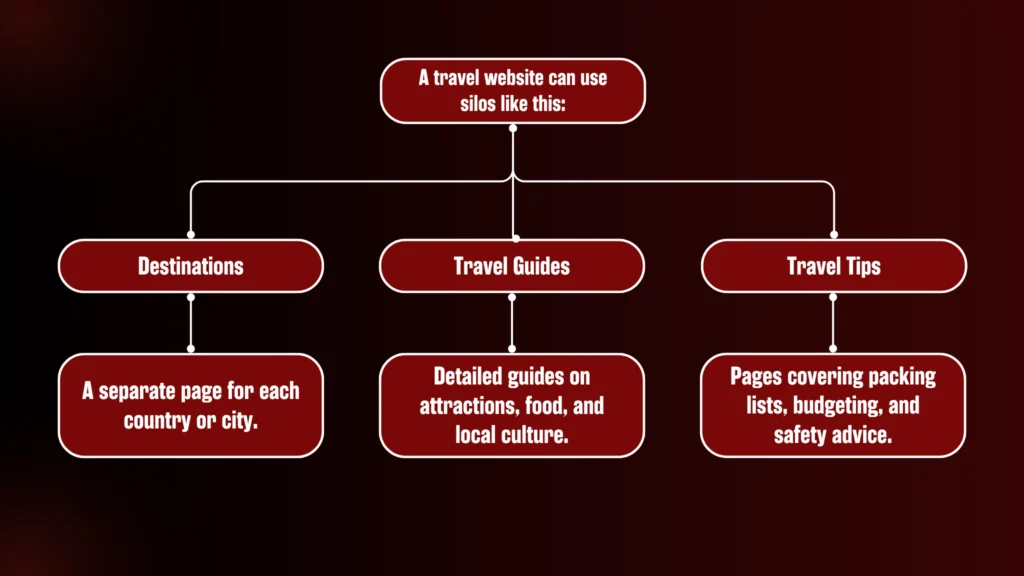
A clear content hierarchy ensures Google understands the relationships between pages. When search engines recognize structured content, they rank it higher.
2. Content Clusters
A content cluster links multiple subtopics to a central pillar page. This method organizes content into hubs that improve SEO rankings.
For example, a website focused on SEO could use this structure:
- Pillar Page: “Ultimate SEO Guide”
- Subtopics: Keyword Research, Link Building, Technical SEO, Content Optimization
A structured approach allows Google to see the depth of content. It also helps users find detailed information without searching elsewhere. A well-built content cluster ranks higher and attracts more traffic.
3. Content Depth
A website should minimize the number of clicks required to reach a page. Google favours content that is easy to access. If users struggle to find information, they leave.
A good structure keeps key pages within 2 to 3 clicks from the homepage.
- Good Example: Homepage → Category → Blog Post (2 clicks)
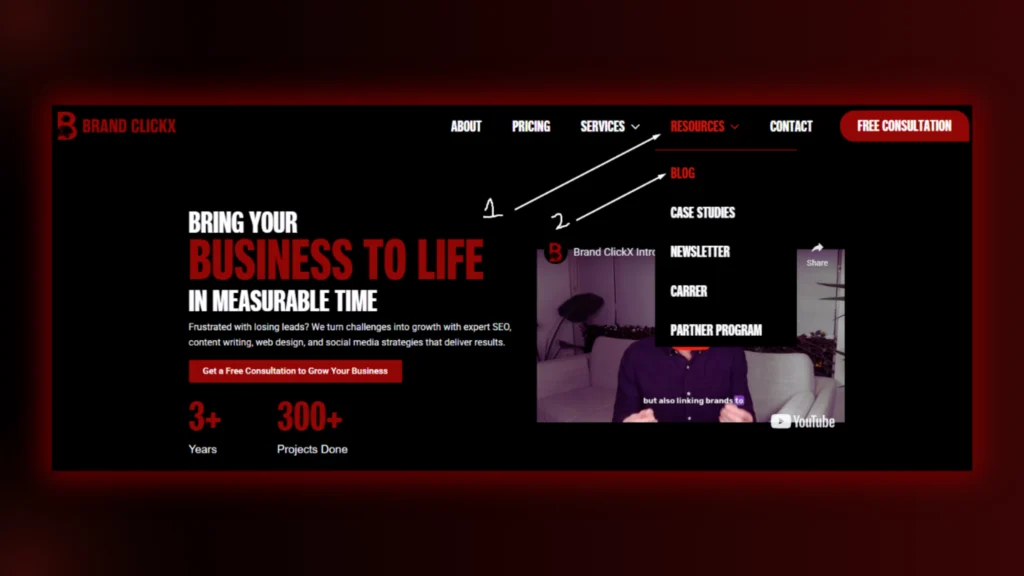
- Bad Example: Homepage → Category → Subcategory → Post → Sub-post (4+ clicks)
A deep structure confuses search engines. Important pages should not get buried under multiple layers. A shallow and logical layout helps both users and rankings.
4. Internal Linking
Internal linking connects pages within the same website. It spreads link equity and strengthens SEO.
- Link to high-authority pages. This improves page rankings.
- Use descriptive anchor text. “Click here” does not help SEO. Instead, use “best SEO strategies” or “effective link-building techniques.”
- Analyze internal links using Ahrefs. The “Best by Links” feature identifies strong and weak pages.
For example, if a blog post about SEO tips ranks well, link it to a new SEO checklist. This passes authority and improves the ranking of both pages. Proper internal linking creates a strong site structure.
5. Tags and Categories
Categories organize content. They help search engines understand a site’s structure. Every website should have well-defined categories.
Tags serve a different purpose. They help group-related content but can clutter a site if used excessively. Most sites do not need them unless tag pages are optimized for ranking.
- A news website might categorize content into “Politics,” “Sports,” and “Technology.”
- A blog about digital marketing should categorize posts into “SEO,” “PPC,” and “Social Media.”
In the example below, “Fruit” is the main category, while “Apple” and “Peaches” are subcategories. Tags like “Braeburn,” “Fuji,” “Golden Delicious,” and “Red Delicious” specify apple varieties.

But remember, too many categories or poorly structured tags confuse Google. A clean, logical setup improves indexing and user experience.
6. Duplicate Content (Minimal Concern)
Duplicate content mainly affects e-commerce websites. If similar product descriptions appear on multiple pages, Google may not know which to rank.
Canonical tags solve this issue. They signal which version of a page should be indexed.
- Without Canonical Tags: Google sees duplicate pages and may lower rankings.
- With Canonical Tags: Google recognizes the original version and ranks it properly.
E-commerce websites should use canonical tags for similar products. Blogs should avoid copying content from other posts. A well-structured site prevents duplication issues and maintains ranking strength.
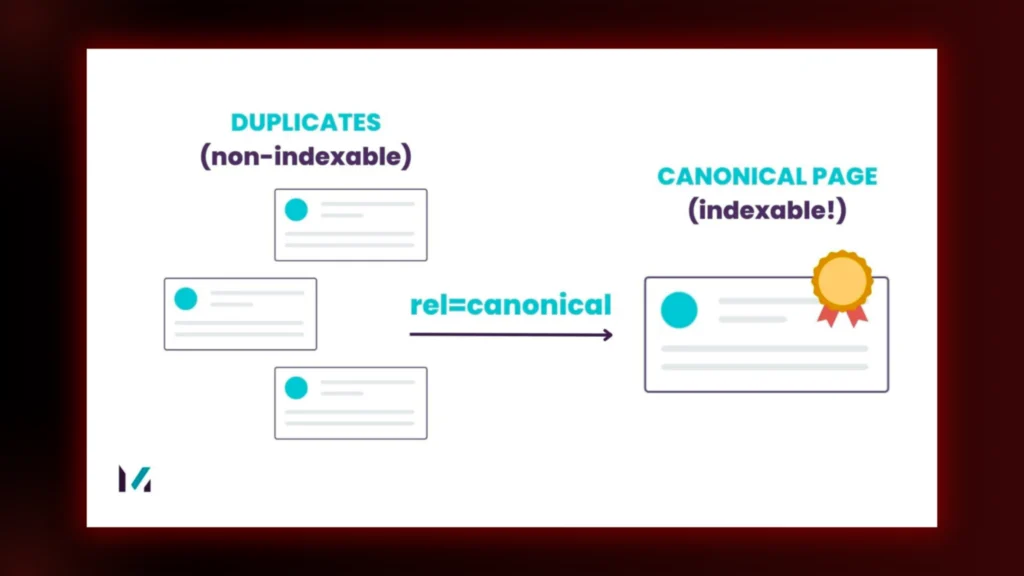
7. Logical URL Structure
A well-structured URL improves SEO. It helps search engines and users understand the page. A clear URL increases rankings and clicks. Messy URLs confuse both search engines and visitors.
Keep URLs Short and Readable
A good URL is simple and easy to read. Long URLs make navigation difficult. Avoid unnecessary words, numbers, and symbols. Use clear words that describe the page.
For example:
- “example.com/seo-friendly-website-architecture” is good.
- “example.com/p=1234” is bad.
Use Keywords in URLs
Include the main keyword in the URL. This helps search engines rank the page. Avoid stuffing too many keywords.
- A natural URL, like “example.com/wordpress-seo-tips”, is effective.
- A spammy URL, like “example.com/seo-tips-keywords-ranking-best”, is bad.
Use Hyphens Instead of Underscores
Google prefers hyphens to separate words. Search engines do not recognize underscores properly.
- “example.com/content-marketing-strategy” is clear.
- “example.com/content_marketing_strategy” is confusing.
Hyphens improve readability and SEO.
Avoid Special Characters and Unnecessary Parameters
Special characters and long numbers make URLs messy. URLs with extra parameters are hard to read.
- “example.com/index.php?id=123&cat=seo” is complicated.
- A clean URL like “example.com/best-seo-practices” is better.
A simple structure improves visibility and user experience.
8. Structured Data (Schema Markup)
Structured data helps search engines understand content. It improves search results and increases clicks. It displays extra details like ratings and product info.
Users prefer results with extra details. Ratings and FAQs attract more clicks.
Common Types of Schema Markup
Different types of schema markup exist.
- Article schema helps blogs rank higher.
- Product schema shows price, availability, and ratings.
- Breadcrumb schema improves site navigation.
- Event schema highlights upcoming events.
Using structured data boosts SEO. It improves rankings and enhances user experience. It makes search results more interactive and informative.
Best Practices for an SEO Friendly Website Architecture
1. Plan a Clear Site Hierarchy
Decide the structure before building your site. Arrange pages in a logical order. Keep navigation simple and clear.
2. Limit Deep Linking
Do not bury important pages too deep. Keep them within 3-4 clicks from the homepage. Make access easy for users and search engines.
3. Optimize for Voice Search
Use natural, conversational keywords. Focus on long-tail phrases. People search differently when speaking.
4. Ensure 404 Pages Are Optimized
A bad 404 page frustrates users. Add helpful links or a search bar. Redirect old URLs to relevant pages.
5. Regularly Audit Your Site
SEO changes over time. Use tools like Google Search Console and Screaming Frog. Fix issues before they hurt rankings.
Also Read: 6 Ways To Better Your SEO For Voice Search Optimization
FAQs
1. What website structure is best for SEO?
A clear and logical structure works best. Use a hierarchy with categories and subcategories. Keep important pages within 3-4 clicks. Use internal linking to connect related pages.
2. How to develop an SEO friendly website?
Plan the structure before building.
- Use simple and descriptive URLs.
- Optimize site speed and mobile-friendliness.
- Add internal links for better navigation.
- Fix broken links and optimize 404 pages.
3. What is an SEO friendly structure?
It is a structure that helps search engines and users. It keeps navigation simple and organizes content into clear categories. It ensures fast loading and mobile responsiveness.
4. What are website design SEO guidelines?
Below are some of the website design SEO guidelines:
- Use a mobile-friendly layout.
- Optimize images and page speed.
- Keep URLs short and readable.
- Add schema markup for better visibility.
- Make navigation easy and logical.
Read: How To Craft Compelling Calls-to-Action (CTAs) That Convert
Conclusion
A well-structured website improves both SEO and user experience. When search engines can easily crawl your site, your pages rank higher. When users can find what they need quickly, they stay longer.
By organizing content with silos, using internal links, keeping URLs clean, and adding structured data, you make your site easier to navigate for both Google and visitors.
Don’t let a messy website hurt your rankings. At Brand ClickX, we specialize in SEO, website optimization, and digital marketing. Whether you need a site revamp or a strategy to boost traffic, we’re here to help.
Ready to improve your website? Contact Brand ClickX today, and let’s build a smarter, SEO friendly site.

